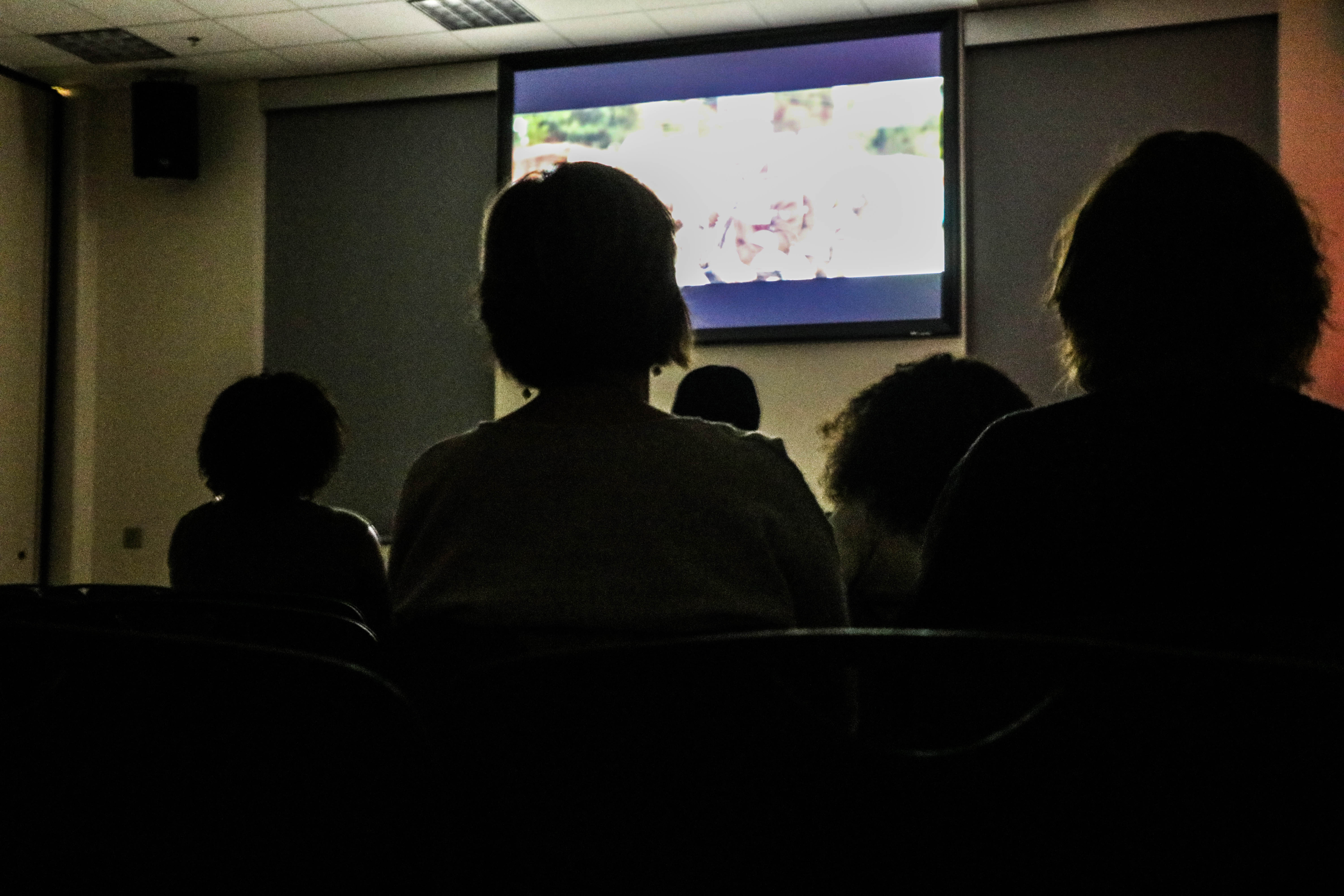It starts out small enough: maybe occasionally failing to notice a person in your periphery, but it is nothing serious. At least, that is what you think, until you wake up one day and realize the outer edges of your world have started to go black.
When you go to the doctor, you learn that it is impossible to reverse the damage. However, hope remains. You can slow down any future vision loss with effective management of the disease.
January is Glaucoma Awareness Month, a chance to highlight a group of commonly asymptomatic diseases that can cause permanent vision loss and that currently impact over 3 million Americans, according to the Glaucoma Research Foundation.
Glaucoma is caused by damage to the optic nerve that sends signals from the eye to the brain, as the Glaucoma Research Foundation reports. According to the National Eye Institute, experts think this damage might be due to the buildup of fluid and pressure behind the eye.
Although glaucoma is the second-leading cause of blindness in the world, only half the people with glaucoma know they have it, according to the Centers for Disease Control and Prevention.
In addition to the impacts on individuals, vision impairment in general causes an estimated $411 million per year in lost productivity worldwide, according to the World Health Organization. Glaucoma Awareness Month is one piece of the puzzle to address this widespread health issue.
Although anyone can get glaucoma, middle-aged or elderly people, people of African, Hispanic or Asian descent, people with severe nearsightedness, those with diabetes and people with a family history of glaucoma are at higher risk, according to the Glaucoma Foundation. The National Eye Instituterecommends those at risk get a special kind of exam called a comprehensive dilated exam every one to two years.
The vision loss from glaucoma is irreversible, but early detection can lead to effective prevention, urges the Glaucoma Research Foundation. Several treatments for glaucoma are available including medicines, laser treatment and surgery, according to the National Eye Institute.
For those who are interested in spreading awareness about this issue, the Glaucoma Research Foundation recommends discussing glaucoma with friends and family or getting involved in the local community with activities like fundraisers and information sessions.
According to World Glaucoma Week Committee Co-Chair Ivan Goldberg, another way to spark a conversation about the topic is to wear a green ribbon, a common symbol for glaucoma awareness.


